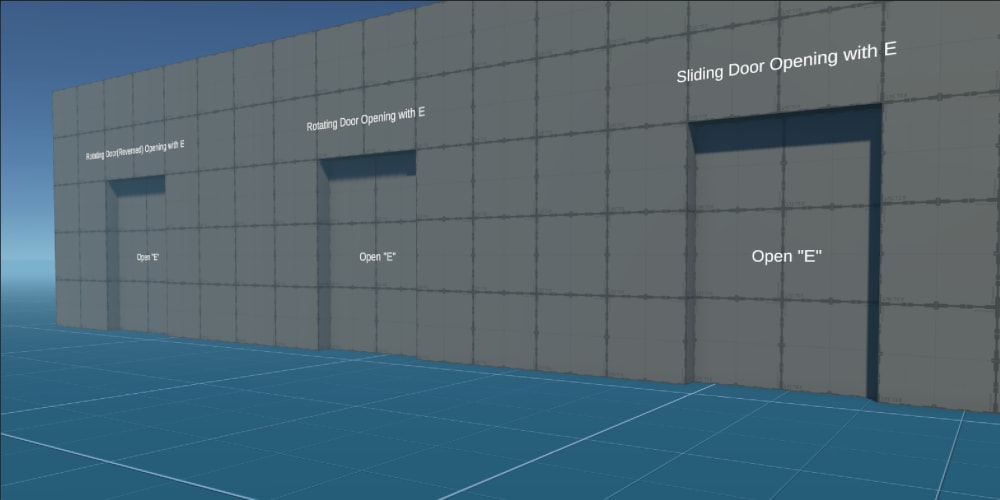I. The Rapid Evolution of AI
Artificial Intelligence has been developing at an unprecedented rate of late. It has transformed and continues to transform the topography of many industries into unbelievable feats. Thick in this action are NLPs and LLMs which have made quantum jumps in the understanding and generation of human-like texts.
A. The Rise of OpenAI
OpenAI is among the leading pioneers in AI research and development; hence, the company has been in the limelight concerning recent developments in LLMs. The series of GPTs developed by the company stands for Generative Pre-trained Transformer and have set ground-breaking records regarding language understanding and generation. The latest one, GPT-4o outshone its predecessors in reasoning, task execution, and creation with a difference. According to OpenAI, GPT-4o outperforms GPT-3.5 on a variety of professional and academic benchmarks, scoring in the 90th percentile on a simulated bar exam compared with the 10th percentile for its predecessor [1].
GPT4 and beyond the power and potential of advanced generative ai
B. Meta's Llama 3:
A New Challenger Meta's Llama 3 is the successor to Llama 2, and this too has had a big buzz in the AI community. While exact performance metrics aren't publicly available now at the time of writing, early reports indicate a large increase in efficiency and capability. There is every reason to expect that Llama 3 will yield increased performance on a wide range of NLP tasks, rivaling or surpassing other leading models in some respects.
Introducing Meta Llama 3

However, more parameters doesn’t necessarily mean better.
II. The Power of NLP and LLMs
Natural Language Processing, along with Large Language Models, has no doubt changed the level at which machines interact with human language. These technologies have further inspired applications in everything from chatbots and virtual assistants to content generation and data analytics.
A. Advances in NLP Recent progress in the field of NLP has seen high-quality sentiment analysis, better machine translation, and advanced text summarization. According to MarketsandMarkets, the NLP market, which is witnessing increasing demand for these technologies, is projected to grow from $11.6 billion in 2020 to $35.1 billion by 2026 [2].
B. LLMs: More Than Text Generation Large Language Models have gone beyond the generation of text. They currently show capabilities in:
Few-shot learning: adapting to new tasks with a minimum number of examples.
Multi-modal understanding: processing and generating content in text, image, and even audio format.
Reasoning and problem-solving: solving logical and mathematical challenges that are really complex.
III. Impact on Transcription
The impact on Transcription Technology Research and development within NLP and LLM have impacted how transcription is carried out today, from being a very labor-intensive process to an efficient AI-driven solution.
A. Power of Transcriptinon
AI-Powered Transcription State-of-the-art transcription tools harness the power of deep speech recognition models together with NLP in developing text from audio and video content with high accuracy. In fact, there have been huge improvements in this technology: from over 8 percent in 2016 to below 5 percent in the recent years concerning speech recognition for English. [3]
B. Benefits of AI Transcription
- Speed: AI can transcribe hours of audio in minutes, which is much faster compared to human transcription.
- Cost-effectiveness: This automation cuts down labor costs.
- Scalability: AI systems process large volumes of content without showing fatigue.
C. Applications Across Industries
- Media and Entertainment: Subtitling, closed captioning, and content indexing
- Legal: Court proceedings and deposition transcriptions
- Healthcare: Medical dictation and patient record management
- Business: Meeting minutes, interview transcriptions, and market research
IV. Transgate: Taping LLM Power for Transcription
Among AI-powered transcription tools, Transgate is the only one that leverages the latest and most powerful LLM technology updates to deliver speech-to-text transcription unparalleled for speed and precision.
A. LLM-Driven Accuracy Because Transgate uses the latest language models, its accuracy currently exceeds 98%. This level of precision becomes critical in applications requiring verbatim transcriptions or involving specialized vocabularies.
B. User-Centric Approach With a spotlight on simplicity and user experience, Transgate earned more than 100% customer satisfaction. Such great feedback underlines that the tool meets or overpasses users' expectations concerning ease of use and quality of output.
C. Versatility and Integration Transgate's solution through LLMs ensures smooth adaptive behavior, even to various accents, dialects, and terminologies used across different industry segments. The wide versatility of the platform makes it an essential tool for academic research to the corporate world.
V. AI and Transcription Future
We are witnessing the growth of AI almost every day; there is a lot to expect in the world of transcription, and some of these might be:
- Real-time translation and transcription across several languages.
- Greater context and understanding for better punctuation and formatting.
- Emotion and Tone-of-Voice Detection in Speech for More Expressive Transcriptions.
Conclusion:
AI, most particularly in the field of NLP and LLMs, has reconditioned the field of transcription. At the forefront of this technological revolution are tools such as Transgate, which provide enterprises and researchers not with just a speech-to-text transformation but accuracy and speed that are second to none. The technology brings the unlock of new possibilities—in how the information of spoken word is further processed, analyzed, and reported—in various contexts.
[1] OpenAI. (2023). GPT-4 Technical Report.
[2] MarketsandMarkets. (2021). Natural Language Processing Market Global Forecast to 2026.
[3] Synced. (2020). A Survey of Deep Learning Techniques for Speech Recognition.





















